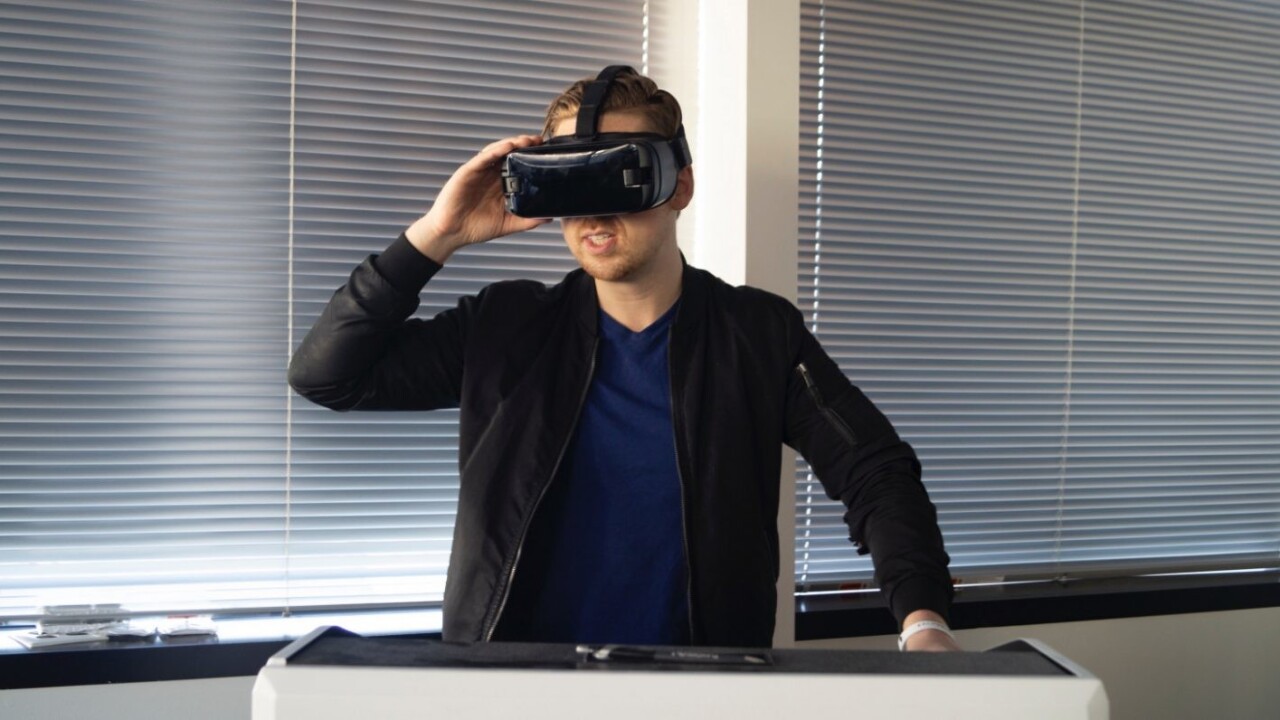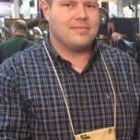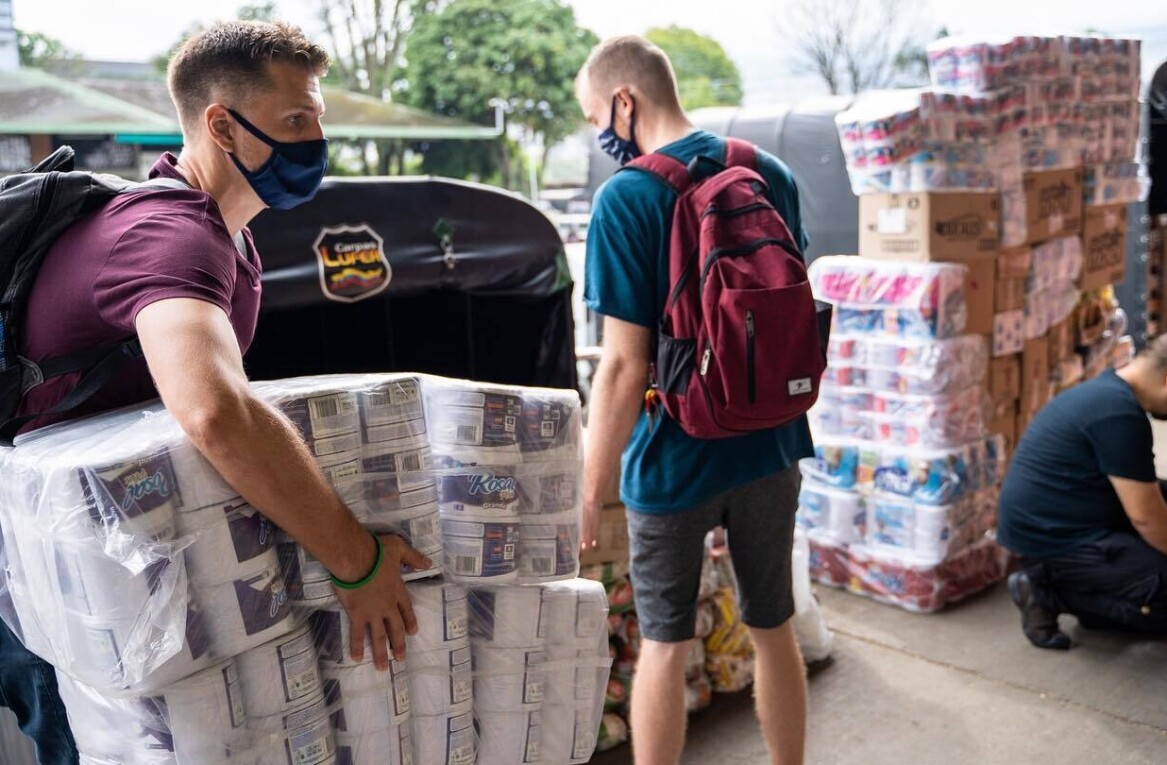
Virtual reality (VR) has made massive bounds in recent years. We’re now seeing VR as an innovative and creative experience catered to customers.
To find out about the creative ways entrepreneurs are using VR — and which methods have true applicability — I asked a panel of entrepreneurs from Young Entrepreneur Council the following question:
What’s the most creative use of VR you’ve seen, and how has it inspired your own business efforts?
Their best answers are below:
1. Anything related to physical space
 VR will change the way most physical spaces are being shown. This rears its head in real estate most often, but it can be used for any application that requires someone to physically be somewhere to see a space. No longer will someone have to drive to see an apartment or schedule an appointment to see commercial property. – James Guldan, Vision Tech Team
VR will change the way most physical spaces are being shown. This rears its head in real estate most often, but it can be used for any application that requires someone to physically be somewhere to see a space. No longer will someone have to drive to see an apartment or schedule an appointment to see commercial property. – James Guldan, Vision Tech Team
2. Virtual meetings
 Working remotely certainly has its share of benefits, but one of the major drawbacks is the loss of in-person collaboration. Video calls can only get you so far, which is why VR and the ability to provide full-body immersion has the potential to revolutionize the workplace. – James Simpson, GoldFire Studios
Working remotely certainly has its share of benefits, but one of the major drawbacks is the loss of in-person collaboration. Video calls can only get you so far, which is why VR and the ability to provide full-body immersion has the potential to revolutionize the workplace. – James Simpson, GoldFire Studios
3. Workplace harassment training
 VR is showing a ton of promise for low-cost, highly realistic training. Rather than low-fidelity role-playing, VR allows training participants to go inside lifelike scenarios and see how they perform. For example, one company has created VR workplace harassment training programs that are proving to be more effective than traditional role-play-based training. – Ryan D. Matzner, Fueled
VR is showing a ton of promise for low-cost, highly realistic training. Rather than low-fidelity role-playing, VR allows training participants to go inside lifelike scenarios and see how they perform. For example, one company has created VR workplace harassment training programs that are proving to be more effective than traditional role-play-based training. – Ryan D. Matzner, Fueled
4. Education for kids with disabilities
 I’ve seen several educational technology startups that have been using VR to build tools to educate kids faster and more efficiently, especially kids with disabilities. I came across one that’s built VR-based educational material and tools for kids with autism. They built VR experiences that can teach kids how to act regarding public safety, travel safety, social skills, mindfulness, etc. – Piyush Jain, Simpalm
I’ve seen several educational technology startups that have been using VR to build tools to educate kids faster and more efficiently, especially kids with disabilities. I came across one that’s built VR-based educational material and tools for kids with autism. They built VR experiences that can teach kids how to act regarding public safety, travel safety, social skills, mindfulness, etc. – Piyush Jain, Simpalm
5. Immersive learning
 When Google Expeditions, a VR/AR learning platform, launched in 2015, it seemed like an incredible idea that’s time had not yet quite come. As the technology continues to mature and become more affordable, not only has Expeditions seen greater adoption, but the possibilities for VR-powered learning seem limitless. Fully immersive learning now seems to be a matter of not if, but when. – Thomas Smale, FE International
When Google Expeditions, a VR/AR learning platform, launched in 2015, it seemed like an incredible idea that’s time had not yet quite come. As the technology continues to mature and become more affordable, not only has Expeditions seen greater adoption, but the possibilities for VR-powered learning seem limitless. Fully immersive learning now seems to be a matter of not if, but when. – Thomas Smale, FE International
6. VR therapy
 The most creative and intriguing use of VR that I’ve seen involves its therapeutic applications, specifically involving treatment for PTSD and autism. While I may not be able to directly apply VR to my business at this time, it has led me to rethink my approach when trying to garner empathy between my company and my customers. – Bryce Welker, Accounting Institute for Success
The most creative and intriguing use of VR that I’ve seen involves its therapeutic applications, specifically involving treatment for PTSD and autism. While I may not be able to directly apply VR to my business at this time, it has led me to rethink my approach when trying to garner empathy between my company and my customers. – Bryce Welker, Accounting Institute for Success
7. Human rights education
 One of the most powerful ways we’ve seen VR used is to educate the public on human rights issues, which many global nonprofits are doing with success. We’re encouraging our clients to see uses for VR beyond entertainment and immerse the participant in a learning experience. – Beth Doane, Main & Rose
One of the most powerful ways we’ve seen VR used is to educate the public on human rights issues, which many global nonprofits are doing with success. We’re encouraging our clients to see uses for VR beyond entertainment and immerse the participant in a learning experience. – Beth Doane, Main & Rose
8. Next-level content
 Companies like National Geographic and Merrell are creating VR content experiences that are unlike anything we’ve seen before. These are immersive consumer experiences that are really powerful. We’re looking at ways to create powerful, creative content using VR that will create authentic connections with our customers. – Baruch Labunski, Rank Secure
Companies like National Geographic and Merrell are creating VR content experiences that are unlike anything we’ve seen before. These are immersive consumer experiences that are really powerful. We’re looking at ways to create powerful, creative content using VR that will create authentic connections with our customers. – Baruch Labunski, Rank Secure
9. Fitness and health VR
 Since my company operates in the fitness, sports training and physical rehabilitation realm, we see amazing innovation potential when VR/AR is merged with traditional strength training. We believe the future of this space is going to alter the experience of exercise altogether, making it far more engaging and interactive and contributing to more effective and healthier outcomes. – Sam Miller, Boston Biomotion
Since my company operates in the fitness, sports training and physical rehabilitation realm, we see amazing innovation potential when VR/AR is merged with traditional strength training. We believe the future of this space is going to alter the experience of exercise altogether, making it far more engaging and interactive and contributing to more effective and healthier outcomes. – Sam Miller, Boston Biomotion
10. Immersive pitches
 There was a display at a tech convention about how roller coaster engineers were able to use VR to create immersive pitches for new roller coaster designs. Now that the audio and visual experience is better than it ever was in the past, it was very realistic. What a great way to make long-term, large-scale projects feel more tangible before the investment. – Derek Broman, Discount Enterprises LLC deguns.net
There was a display at a tech convention about how roller coaster engineers were able to use VR to create immersive pitches for new roller coaster designs. Now that the audio and visual experience is better than it ever was in the past, it was very realistic. What a great way to make long-term, large-scale projects feel more tangible before the investment. – Derek Broman, Discount Enterprises LLC deguns.net
11. VR TV shows
 I recently witnessed a clip of a VR TV series, and it blew me away. It inspired me in the sense of what we will be able to do with video ads moving forward. I believe VR is going to change the ad landscape and allow us to tell a story to our customers like never before. – Colbey Pfund, LFNT Distribution
I recently witnessed a clip of a VR TV series, and it blew me away. It inspired me in the sense of what we will be able to do with video ads moving forward. I believe VR is going to change the ad landscape and allow us to tell a story to our customers like never before. – Colbey Pfund, LFNT Distribution
12. 360-degree videos
 I just love being able to put the headset on and be immersed in a new location. Whether it’s watching a football game or visiting a new country, I can see VR as an opportunity to bring our remote team closer while experiencing something new and fun. – Chris Christoff, MonsterInsights
I just love being able to put the headset on and be immersed in a new location. Whether it’s watching a football game or visiting a new country, I can see VR as an opportunity to bring our remote team closer while experiencing something new and fun. – Chris Christoff, MonsterInsights
Get the TNW newsletter
Get the most important tech news in your inbox each week.




